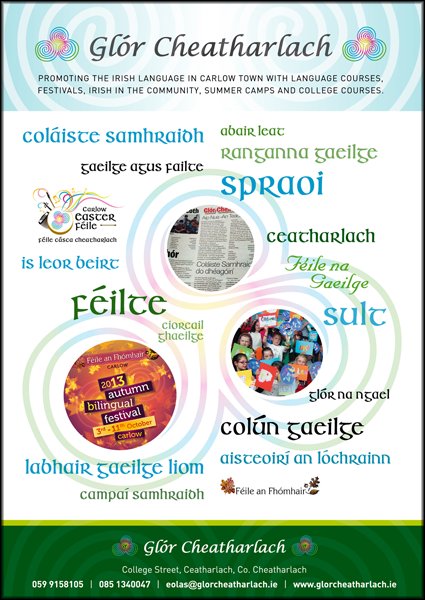
And with this celebration today, Jesus wants to teach us this: the nobility of the heart. It is very beautiful to help each other, to give a hand – these are human universal gestures that are born from a noble heart. If we were to listen to these things from Jesus, life would be so beautiful because we would hurry to help each other out instead of getting the best of others, to take advantage of each other, the way con artists teach us. Let us imagine how the disciples were astonished when they saw Jesus beginning to perform this task fit for slaves… He wanted to make them understand the message for the next day when he would die like a slave to pay the debt for all us. But who would wash their feet? The slaves, the slaves – because this was work relegated to slaves. People would come in from outside and, on entering a house, before dining, before gathering, they would wash their feet. Foot washing was customary at that time because the streets were dusty. We hope to give Peig her due! Please join us.What attracts our attention is how Jesus, just the day before is crucified, accomplishes this deed. They had unusually good memories, and bad eyesight. They had enormous vocabularies – Peig’s in Irish, his in English. But they had something in common: they were exceptionally gifted with words and language. The belonged to two different worlds – the ancient traditional world where literature was oral, and the relatively new world of the written word. Europe came to Peig – in the form of the international stories she knew, and in the form of scholars and researchers. When Peig was nineteen she left Dunquin and headed for the Great Blasket Island, a few miles across the sea from her home. When Joyce was twenty he left home and headed for Paris, Pola, Trieste, and spent the rest of his life abroad. Joyce went in one direction – modernist, English speaking, urban, cosmopolitan. Peig Sayers, co-aeval with James Joyce, was, like him, a great literary artist. Nuala will also tell a small selection of Peig’s stories, translated by Eilis Ni Dhuibhne from the original recordings (transcribed in manuscrips of the National Folklore Collection.) Some of these stories will be familiar to listeners, since they are versions of tales well-known in international traditional, and others will be new. In this special YARN performance, she will tell some of Peig’s story – focusing on Peig’s close and happy relationship with some of the collectors who visited the Great Blasket Island summer after summer to sit at her feet and listen to her stories.

Nuala Hayes is a storyteller and well-known actor. The real Peig was known to folklorists, scholars, linguists, but to the general public she was a figure to be ridiculed and despised. Unfortunately the name of Peig came to be used as a symbol for everything that was perceived to be wrong with Ireland and Irish education. Many students who struggled with Irish grew to dislike it, for various complex reasons. In 1962 it was put on the curriculum for Irish secondary schools and stayed there until 1995. Like all memoirs, it is a version of her life, and selective. Partly thanks to the interest shown in her she was persuaded to write a memoir – Peig, a Scéal Féin, was published in 1936. Collectors came from England, Scotland, France, Norway, Sweden, and various parts of Ireland, to visit her on the Great Blasket Island, learn from her, and collect her stories. She knew more than 350 stories, in many genres, and told them eloquently and engagingly. For roughly the first half of the twentieth century she was well-known to linguists, folklore scholars, learners of Irish, as an exceptionally clear and fine speaker of Gaeilge, and as a storyteller of extraordinary gifts. Peig Sayers (1873-1958) was first famous, then infamous, in Ireland. * with kind permission of the National Folklore Collection, U.C.D.

Stories translated from original transcripts of recordings of Peig’s stories* by Éilís Ní Dhuibhne Musicians: Tim Doyle, Elena and Éabha Ó Céidigh Hayes


 0 kommentar(er)
0 kommentar(er)
